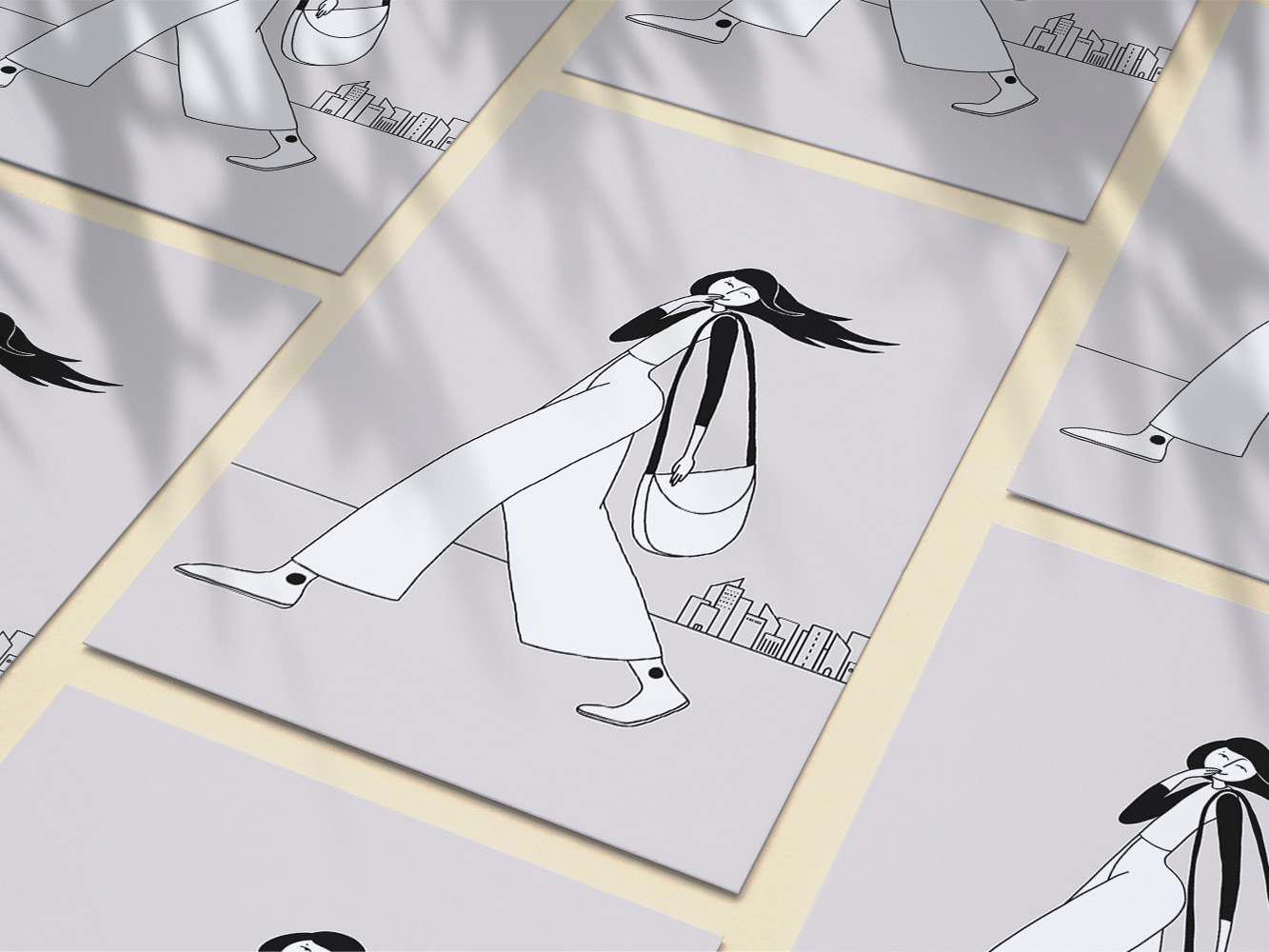When you think of creativity, the first thing that might come to mind is freedom—limitless possibilities, unbounded imagination, and the ability to create anything you can dream up. However, what if I told you that the opposite is often true? That, in fact, placing constraints on your creative process can lead to some of your most innovative and compelling work?
In this blog post, we'll explore the power of creative constraints, why they work, and practical ways to apply them to your illustration practice.
In this blog post, we'll explore the power of creative constraints, why they work, and practical ways to apply them to your illustration practice.
The Paradox of Choice: Why Constraints Foster Creativity
Psychologist Barry Schwartz coined the term "the paradox of choice," which refers to the idea that while having options seems like it should be liberating, too many choices can actually paralyse us. This concept applies to creativity as well. When you're faced with a blank canvas and endless possibilities, it's easy to become overwhelmed, stuck in a cycle of indecision.
Constraints, whether they come in the form of time limits, limited color palettes, or specific subject matter, can break this cycle. By narrowing your focus, constraints force you to think more critically, work more efficiently, and make more decisive choices. Instead of being paralyzed by options, you're propelled by the need to work within set boundaries, leading to innovative solutions you might not have considered otherwise.
Practical Tips for Embracing Constraints in Your Work
Here are some practical ways to introduce constraints into your illustration process to boost your creativity:
Here are some practical ways to introduce constraints into your illustration process to boost your creativity:
1. Limit Your Colour Palette
Why It Works: A limited colour palette challenges you to convey mood, tone, and depth without relying on a broad range of colours. This forces you to think more about colour relationships, contrast, and harmony, often resulting in more cohesive and striking illustrations.
How to Apply It: Start by choosing three to five colours and commit to using only those throughout an illustration. Tools like Adobe Color or Coolors can help you generate palettes based on specific themes or emotions.
2. Set Time Limits
Why It Works: Time constraints push you to prioritise what's essential, make quicker decisions, and avoid overthinking. Working against the clock can also mimic real-world scenarios where deadlines are tight, helping you build speed and confidence.
How to Apply It: Allocate specific time slots for different stages of your illustration—sketching, inking, colouring, etc. You could also try "speed drawing" sessions, where you complete an entire piece within a set time, such as 30 minutes or an hour.
3. Restrict Your Tools
Why It Works: Limiting the tools you use forces you to explore the full potential of each one. Whether it's drawing with only one brush in Photoshop or using just a pencil and paper, restrictions can lead to deeper mastery of the tools at your disposal.
How to Apply It: For your next project, choose only one or two tools or mediums and see what you can create. For instance, try illustrating with only vector shapes in Adobe Illustrator or stick to just one inking pen for a whole piece.
4. Create Within a Theme
Why It Works: Working within a theme or a specific brief can help direct your creative energy. Themes provide a clear goal and help eliminate the anxiety that can come with a lack of direction, allowing you to dive deeper into the exploration of a specific idea.
How to Apply It: Pick a theme or subject that interests you—such as "today" or "wide"—and create a series of illustrations around it. Participating in art challenges like Inktober or 36 Days of Type is also a great way to work within a theme.
5. Embrace Technical Constraints
Why It Works: Technical limitations, such as working with a low-resolution canvas or creating art in black and white, push you to focus on the fundamentals of composition, form, and balance. These constraints can strip away distractions and bring the core elements of your work to the forefront.
How to Apply It: Deliberately set technical constraints for your next project. For example, create an illustration at a low resolution, or challenge yourself to complete a piece using only grayscale. This will sharpen your focus on composition and structure rather than surface-level details.
The Bigger Picture: Constraints as a Pathway to Mastery
Embracing constraints isn't just about improving your current project—it's about developing as an artist. Constraints push you out of your comfort zone, encourage problem-solving, and cultivate a mindset where limitations are seen as opportunities rather than obstacles. Over time, this approach can lead to more original and impactful work.
By integrating constraints into your creative process, you'll discover new techniques, refine your skills, and develop a distinctive voice in your illustrations. Rather than fearing limitations, learn to see them as a valuable tool that can drive your artistic growth.
Final Thoughts: Start Small and Experiment
If you're new to working with constraints, start small. Try one of the techniques mentioned above in your next project and see how it influences your creative process. Remember, the goal isn't to make your work harder but to create conditions where your creativity can flourish in unexpected ways.
So, the next time you find yourself staring at a blank canvas, instead of wishing for more freedom, try imposing some constraints. You might be surprised at how much easier—and more rewarding—it is to create within limits.









